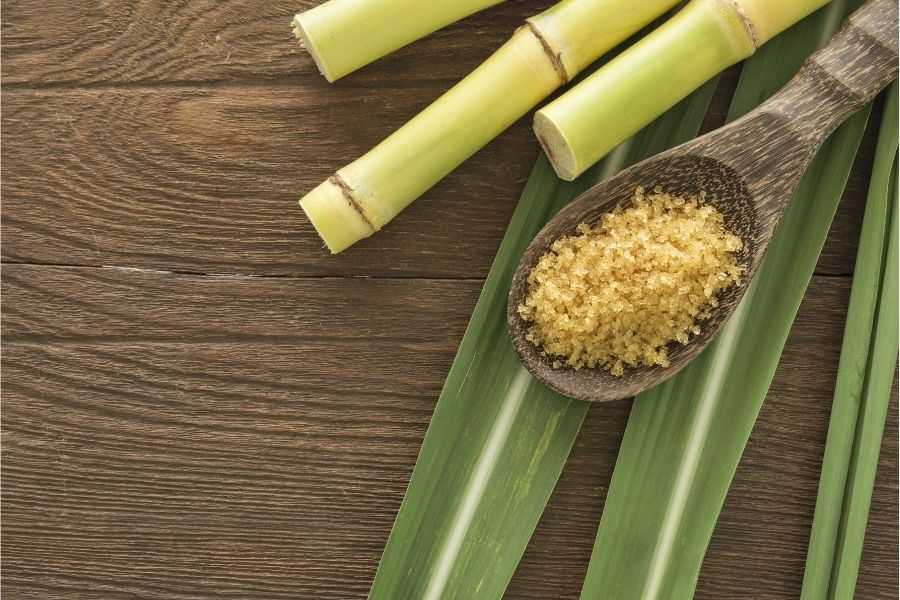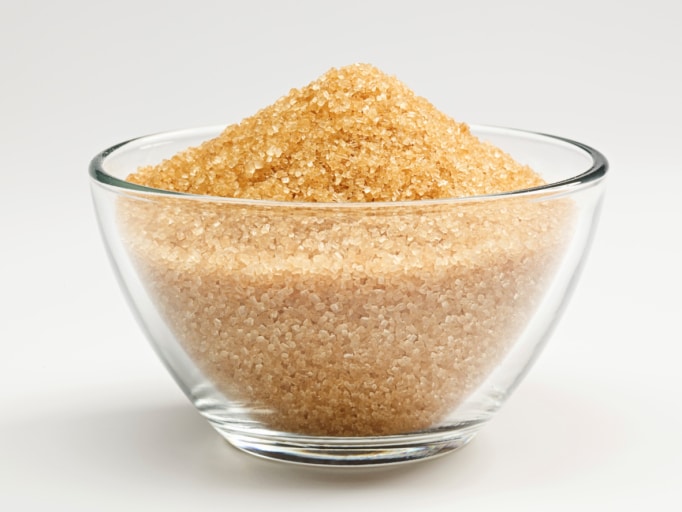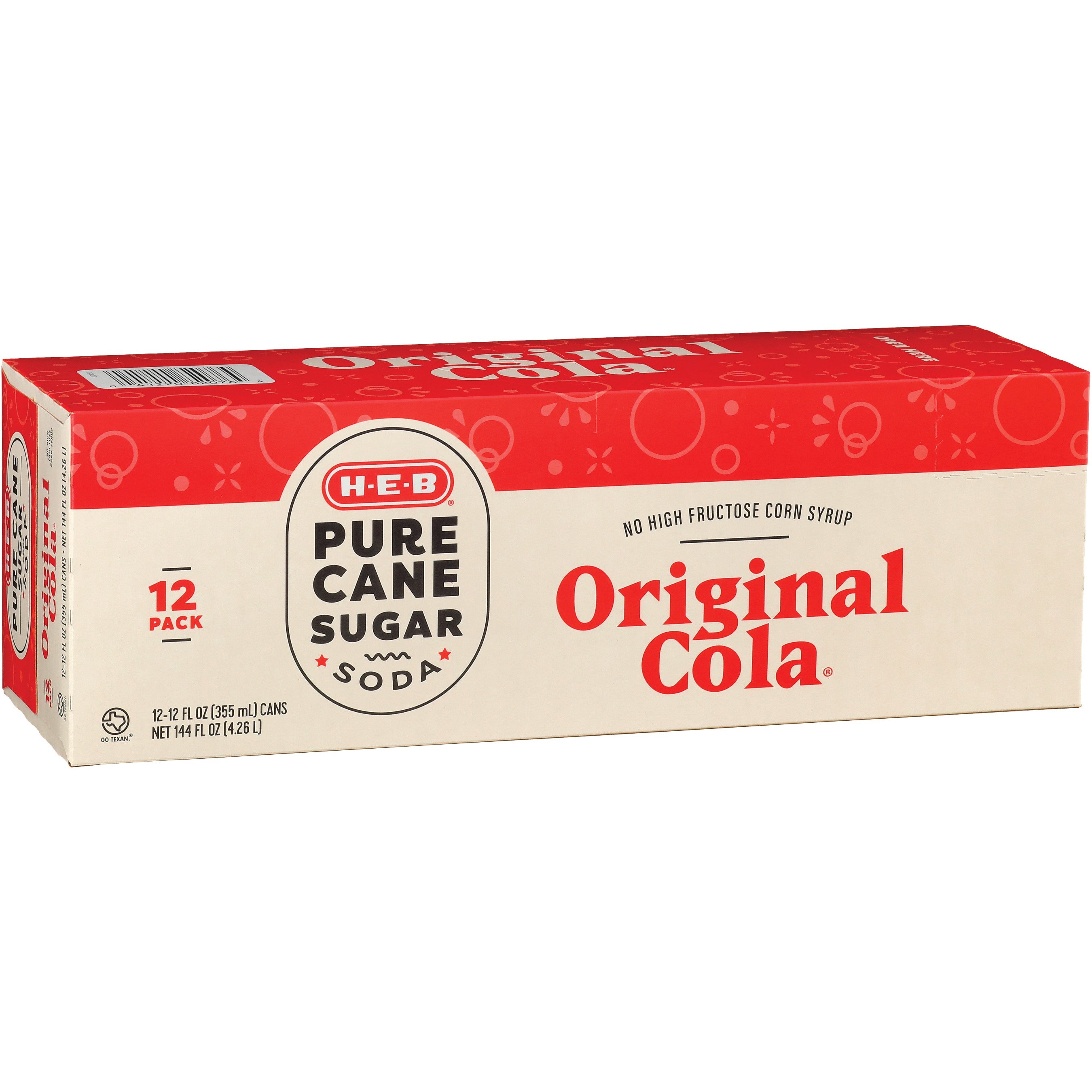The Scientific Research Behind Cane Sugar Processing: How Sweet Taste is Fine-tuned
Exploring the Comprehensive Tips Associated With Cane Sugar Handling From Gathering to Refinement
The process of walking stick sugar production encompasses a collection of complex steps, beginning with the cautious harvesting of sugarcane and culminating in the refinement phases that guarantee the end product satisfies market criteria. Each stage, from the extraction of juice to the purification and formation procedures, plays a vital duty in figuring out the high quality and character of the sugar. Recognizing these stages not just highlights the complexity of sugar production yet also increases critical inquiries regarding effectiveness, sustainability, and development in the market. What effects do these elements have for future techniques?
Gathering Sugarcane
Collecting sugarcane is a critical step in the walking stick sugar processing chain, as it straight influences the top quality and yield of the end product. Appropriate timing and strategies are vital during this phase to make sure ideal sugar material and minimize losses. Normally, sugarcane is collected when it reaches maturation, typically 12 to 18 months after growing, characterized by a high sucrose focus.

Post-harvest, the sugarcane should be refined promptly to stop sucrose destruction. Ideally, collected walking cane should be moved to processing facilities within 24-hour to maintain sugar top quality. As a result, reliable logistical preparation is vital to maintain the stability of the gathered crop throughout the supply chain.
Removal Refine

The smashed cane undergoes a series of pressing operations to make best use of juice recovery. Typically, warm water is splashed onto the crushed walking stick, developing a countercurrent flow that assists liquify the sugar while likewise helping in the extraction process. The juice accumulated from this operation has not just sugar yet also different natural substances and contaminations.

To boost extraction performance, some centers may use diffusion methods, where the sugarcane is taken in warm water, permitting the soluble sugars to diffuse right into the liquid. The resulting juice, rich in sucrose, is then guided to subsequent handling phases, laying the structure for filtration and improvement. The extraction process is thus pivotal in determining the quality and return of the last sugar product.
Purification Techniques
The purification strategies used in walking cane sugar handling are crucial for changing the raw juice into a top notch sugar item. These techniques primarily intend to eliminate contaminations, such as dirt, plant materials, and not natural substances, which can negatively impact the final product's taste and shade.
One of the most common purification methods is information. This procedure entails adding lime and warm to the raw juice, which facilitates the coagulation of pollutants. The resulting precipitate is then removed with sedimentation or purification, producing a more clear juice. In addition, making use of phosphoric acid can boost the clarification site link procedure by additional binding impurities.
One more substantial technique is carbonatation, where carbon dioxide is presented to the cleared up juice. This response creates calcium carbonate, which catches remaining pollutants and promotes their elimination.
In addition, triggered carbon therapy may be used to adsorb any staying colorants and organic pollutants, making sure a much more refined product. The combination of these approaches successfully prepares the sugar juice for subsequent action in the refining process, setting the phase for the manufacturing of high-grade walking stick sugar.
Condensation Approaches
After the purification stage, the following important action in cane sugar processing includes crystallization approaches, which play a pivotal duty in changing internet the made clear juice into solid sugar. This process generally employs two key approaches: spontaneous crystallization and regulated crystallization.
In spontaneous crystallization, supersaturated sugar solutions are enabled to cool down normally, bring about the development of sugar crystals with time. This technique is easier yet may result in unequal crystal dimensions and lower pureness degrees. On the various other hand, controlled crystallization is an extra specific method where seeding, temperature, and concentration agents are thoroughly taken care of. This method permits the uniform growth of sugar crystals and greater pureness.
During formation, the clarified juice is concentrated with evaporation, boosting its sugar web content up until it reaches supersaturation. Once this point is accomplished, either method can assist in the condensation procedure. Cane Sugar Processing. The resultant sugar crystals are after that divided from the you could check here staying syrup with centrifugation
Ultimately, the selection of formation technique affects the quality, size, and purity of the final sugar product, making this action necessary in the general walking cane sugar processing procedure.
Refinement and Product Packaging
How can the purity and quality of walking cane sugar be even more boosted after condensation? The refinement procedure plays a vital duty in achieving premium walking cane sugar. Following condensation, sugar goes through a complete cleaning to remove impurities and recurring molasses. This is commonly accomplished using cozy water or heavy steam, which helps liquify and extract undesirable elements while preserving the sugar crystals.
Following, the sugar is subjected to a procedure called centrifugation, where it is rotated at broadband to separate the purified sugar crystals from the staying liquid. After centrifugation, the sugar is typically further refined via a technique called carbonization or phosphatation, which utilizes activated carbon or phosphoric acid to eliminate color and off-flavors.
As soon as improved, the sugar is dried out to attain the preferred moisture content, making certain that it remains steady during storage space and transportation. The final action involves packaging the refined sugar in closed and moisture-proof containers to preserve its quality and prevent contamination. Cane Sugar Processing. Proper packaging not only expands life span however also facilitates simple handling and circulation, making sure that customers receive sugar that satisfies the greatest criteria of pureness and top quality
Verdict
The thorough actions associated with walking stick sugar handling, from the thorough harvesting of sugarcane to the intricate improvement and packaging stages, highlight the relevance of each phase in making sure high-quality sugar manufacturing. Ideal harvesting methods, reliable removal techniques, and strenuous filtration procedures collectively add to the end product's pureness and stability. The condensation and subsequent packaging techniques further enhance the integrity and life span of the sugar, highlighting the intricacy and accuracy integral in this essential farming sector.
The process of walking stick sugar production encompasses a collection of elaborate steps, starting with the careful harvesting of sugarcane and finishing in the improvement stages that ensure the final product fulfills sector requirements. Preferably, gathered walking cane ought to be carried to processing facilities within 24 hours to preserve sugar quality.In spontaneous crystallization, supersaturated sugar solutions are enabled to cool down naturally, leading to the development of sugar crystals over time - Cane Sugar Processing. The improvement process plays a critical function in achieving top quality walking cane sugar.The detailed actions entailed in cane sugar processing, from the careful harvesting of sugarcane to the detailed refinement and product packaging stages, highlight the significance of each phase in making sure high-grade sugar production